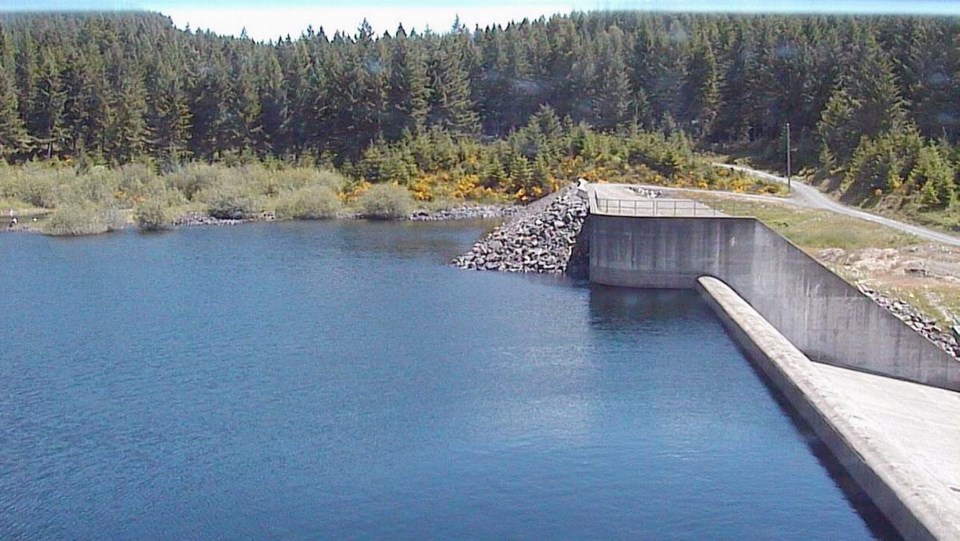The Capital Regional District says it has no concerns about the safety of Greater Victoria’s drinking water despite an equipment breakdown at the Sooke Lake Reservoir.
District staff say the failure of a screening device means that water is entering the reservoir’s intake tower without organic and inorganic particles being removed.
It will take about six months to replace the screen at a cost of $1.8 million. CRD directors approved the plan Wednesday.
Ted Robbins, general manager of integrated water services, said the system has operated safely without the screening system in place before — albeit for shorter periods of time.
He noted that the screen is not considered part of the treatment process, which includes ultraviolet disinfection followed by the injection of chlorine and ammonia into the water.
“Those are the critical processes in terms of public health, and those aren’t impacted as a result of the screen being out,” he said.
Island Health said in a statement that it’s comfortable with the CRD’s response to the issue. “The water is still being treated by chlorine and ultraviolet light, which is in line with the operating permit,” the health authority said.
“With the current monitoring and maintenance programs in place, Island Health has no additional concern about the current water quality for the public.”
The CRD is also working with officials who monitor the water filtration systems at Victoria General and Royal Jubilee hospitals. “They’re not noticing any unusual findings in their filtration systems at those plants,” Robbins said.
“Of course, we’re conducting daily water-quality monitoring — including monitoring turbidity levels of the raw water coming into the system at our disinfection facilities — and again, not noticing any significant changes.”
Robbins said the main purpose of the screen is to reduce the amount of sediment that settles in the pipes. If the screen remained out of service for an extended period of time, that could create turbidity problems and possibly lead to discoloured tap water.
“But that would be over the long term,” Robbins said. “Over the next number of months — we’re looking at probably another six months or so before the screen’s in service — we don’t anticipate the short-term accumulations to be a problem.”
In addition, the CRD and municipal water distributors flush their pipes every year. “So no real impact in terms of water quality either short term or long term,” he said.



